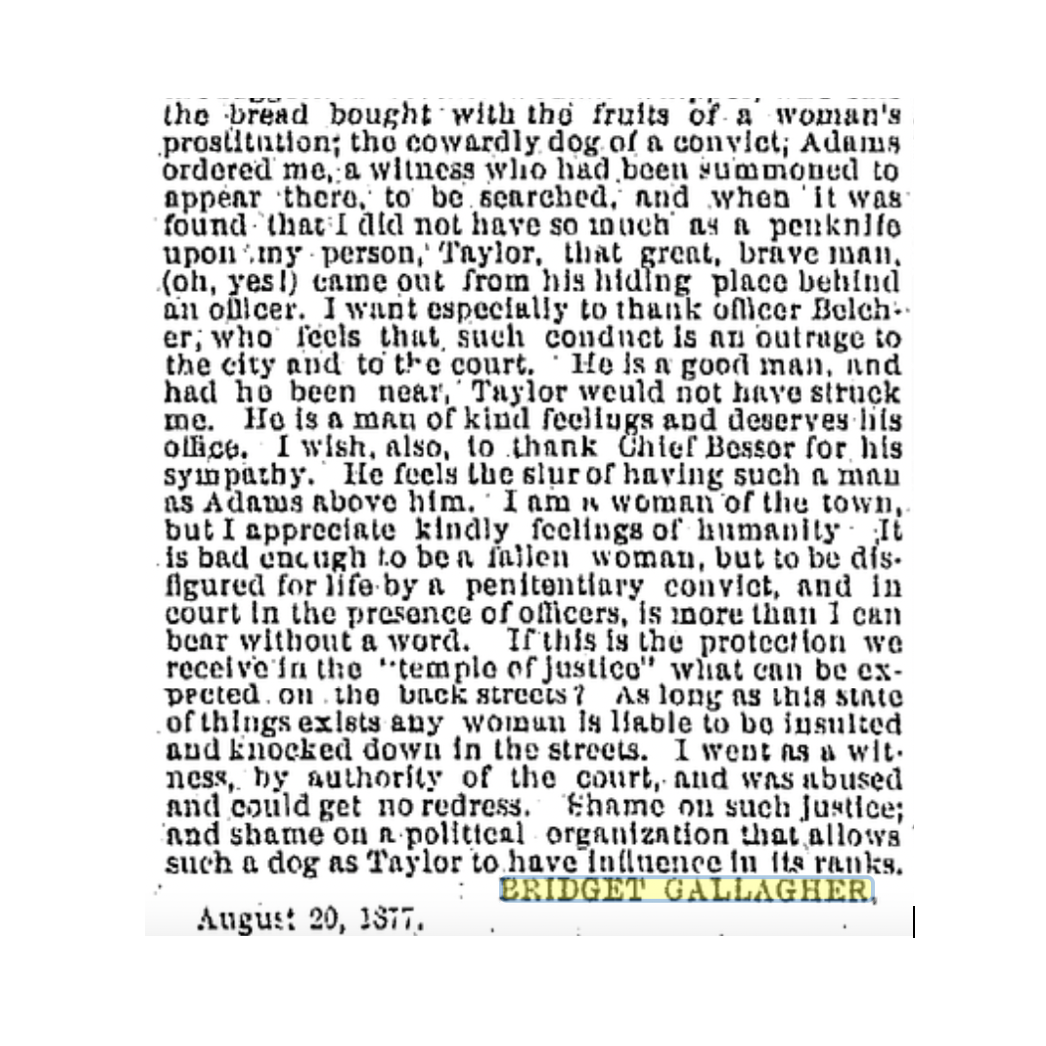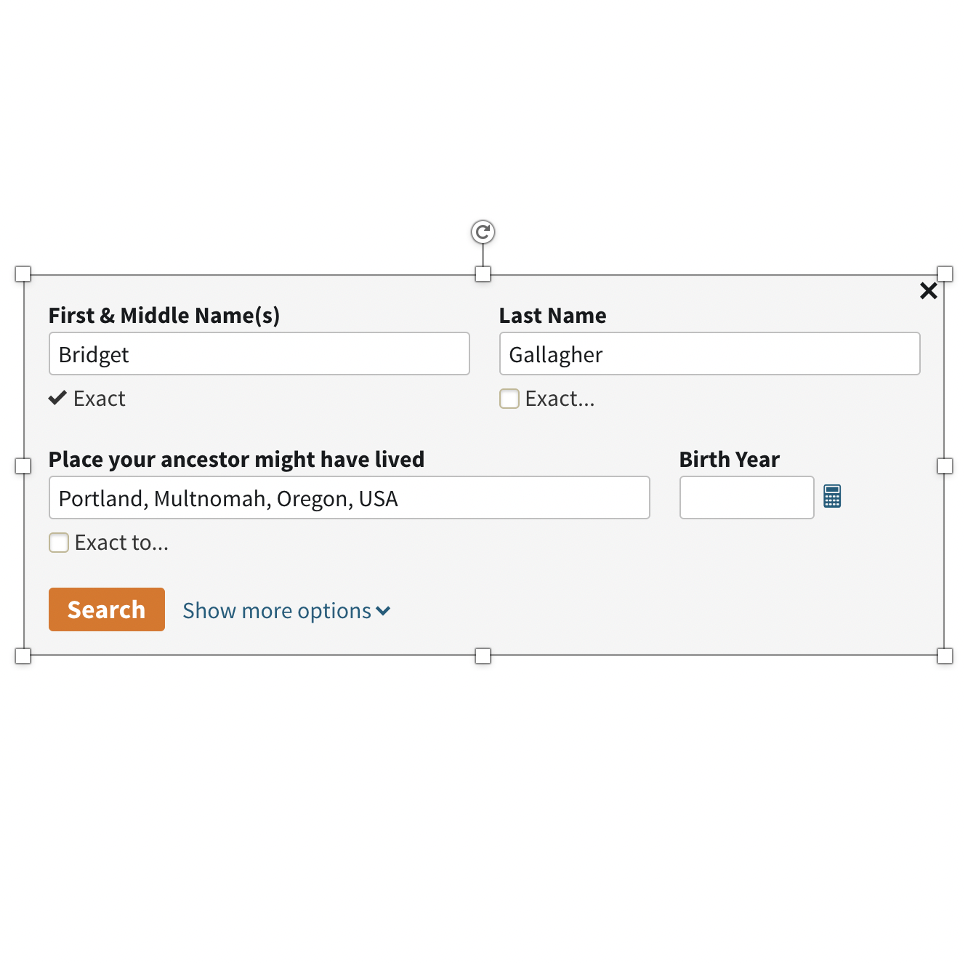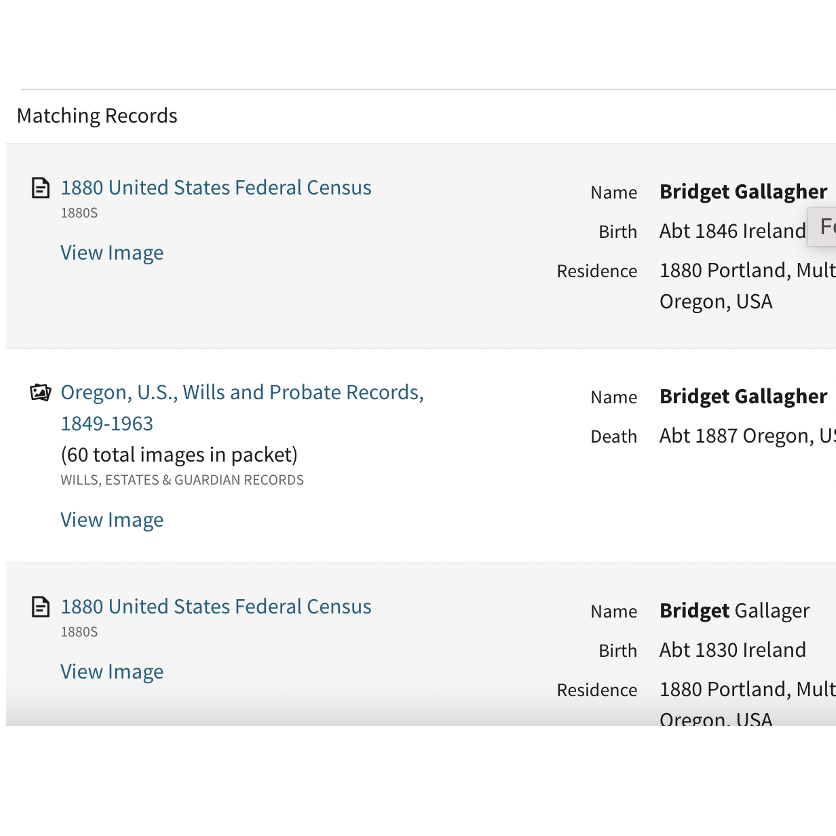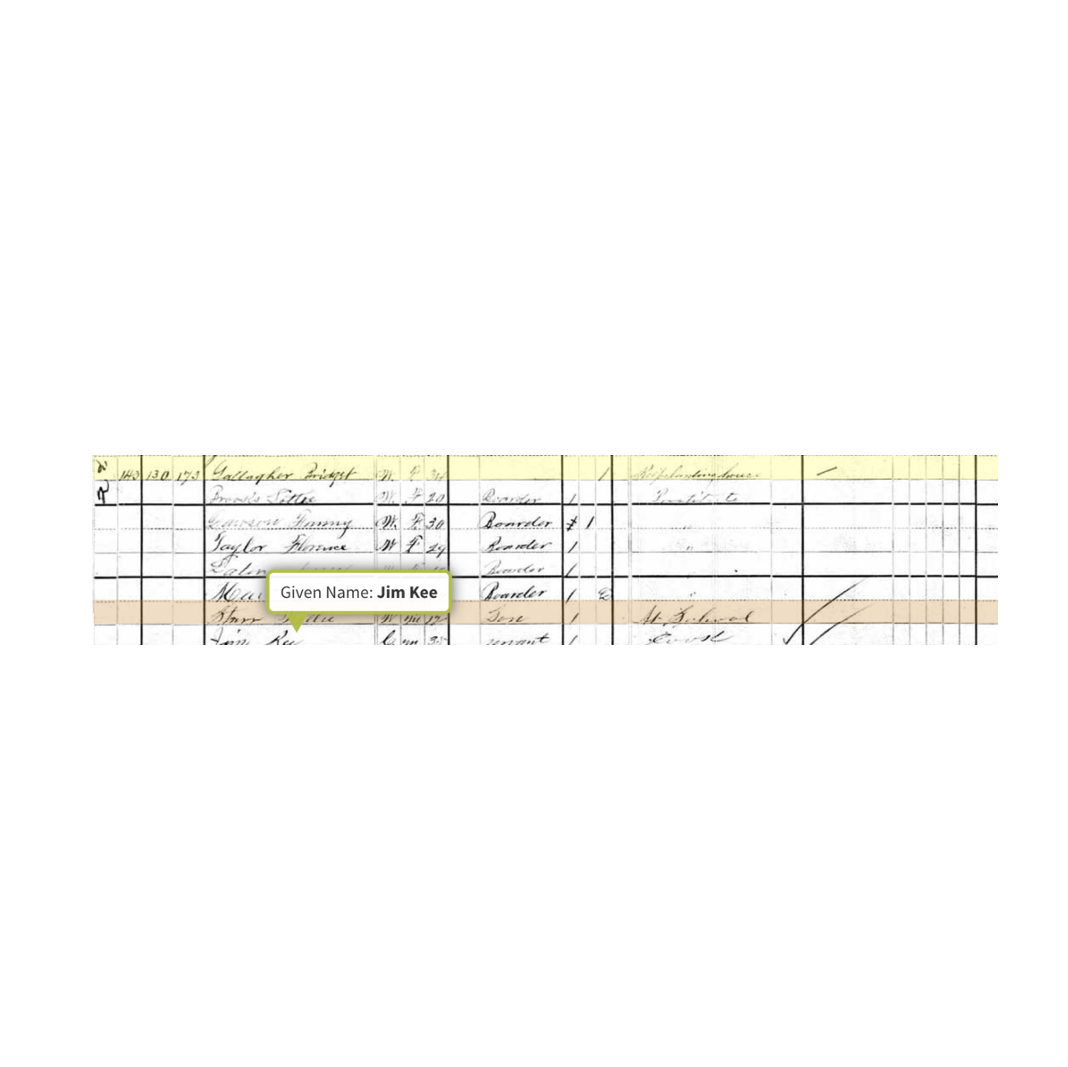Have you ever wondered about your family history?
Besides the DNA kits offered by Ancestry and 23andMe, there are more concrete ways of piecing together the different tales that aunts and uncles spin at family reunions. Thankfully, as Princeton students, we are given access to a powerful database to locate, explore, and utilize different genealogical records to the benefit of both our personal and academic research: the Ancestry library. I had earlier discovered this resource through the class HIS 388: Unrest and Renewal in Urban America, whose instructor is Alison Isenberg, who was just featured in PCUR!
You might be asking: What kind of records does Ancestry keep? The records are multitudinous. From census records to wills to obituaries to yearbook photos, Ancestry keeps records from many different places, different times, and different people. The bulk of these records are government documents, often created, collected, and stored by bureaucrats for the purpose of institutional record-keeping and tracking individuals. According to Ancestry, these records are collected from different archives of information across the world, where they are then digitized, made machine-readable, and uploaded to their public database.
So, what does this all mean? What can we do with these documents? Let me show you.

Let’s look at Bridget Gallagher, a nineteenth-century inhabitant of Portland, Oregon. I had earlier come across her in my class, HIS 388, in this database. In the local papers, Bridget was undoubtedly a well-known figure. She was arrested several times for charges of prostitution, her house burned to the ground in a freak fire, and (despite apparent illiteracy as her Census document show) wrote editorials in The Morning Oregonian to attack her enemies, including a man who had physically attacked her in court. Bridget was an independent woman in the American West, carving out her own business in the developing metropolis of Portland.

To search for Bridget on Ancestry, we open Ancestry’s search engine. We know that her first and last name is Bridget Gallagher, and, at some point, she had lived in Portland, Oregon. We don’t know her birthdate, so we will leave this box blank. Regardless, Ancestry allows its users to specify the exactness of name, age, and location, which would then narrow or broaden the search results depending upon the users’ certainty. I’m pretty sure that Bridget’s name was indeed Bridget, and that she lived in Portland, so I am going to restrict this information to reduce the hefty load of documents we might get.

With these parameters, we actually seem to get an immediate hit. The first document is the 1880 US Census, which depicts Bridget as the head of her household at 143 Second Street, Portland. Bridget is 34 years old, widowed or divorced, an immigrant from Ireland, and she “keeps a boarding house,” a typical occupation for many women in the late nineteenth and early twentieth centuries. Thus, her household is rather large. She currently has five female boarders, one of whom is listed as a “prostitute.” Her 12-year-old son, Willie Starr, as well as two Chinese servants, Jim Kee and Jim Sing, round out her household.

This information is interesting, offering a quick snapshot into her life. But it also raises a lot of questions, not only about their lives but the authorship of this document. I was particularly struck by Bridget’s profession: “keeps a boarding house.” Did she say this? Or did the census taker? And what does this even mean? Keeping a boardinghouse de-professionalizes her occupation, distancing her from any form of official labor. She is, for instance, not a “boardinghouse keeper” or “manager.” But her boardinghouse appears to be extremely busy and well-run; she can afford two servants, as well as five boarders, four of whom are ostensibly unemployed. But one, Lottie Brooks, is listed as a prostitute. Was this the words of Lottie or the census taker? Why does she only have a profession? What does this imply about the nature of Bridget’s boardinghouse?
The questions hit at some of the limitations of the Ancestry archive. The archive does not contest, nor does it really instruct, the user to question the assumptions of the documents’ creators. This matter of interpretation is left up to the user. Furthermore, it is also hard to track continuity for some individuals between documents. Bridget, for instance, does not appear in another Census record. Even though Ancestry connects some individuals across multiple records, a feature called “Suggested Documents,” some connections have yet to be made, while others are the result of errors. There are also many errors in the transcriptions to make this information searchable and machine-readable, some of which is the product of awkward, antiquated notetaking (William was often shortened to “Wm.” in some of these documents), erroneous optical character recognition, or pure human error. This often complicates the process of searching and identifying people across these records.
Nevertheless, the Ancestry archive acts a powerful tool to construct the biographies of individuals, understand the communities in which they live, and ask critical questions. From some of these tensions, a researcher can motivate their next project, such as breaking down the categorizations census takers imposed upon their subjects in the field, the oddities of the personal information recorded, or the methodology used by Ancestry to make all of these documents available to users. Regardless, I hope learning more about Ancestry’s tools will be of use – now go build a family tree!
— Austin Davis, Humanities Correspondent

